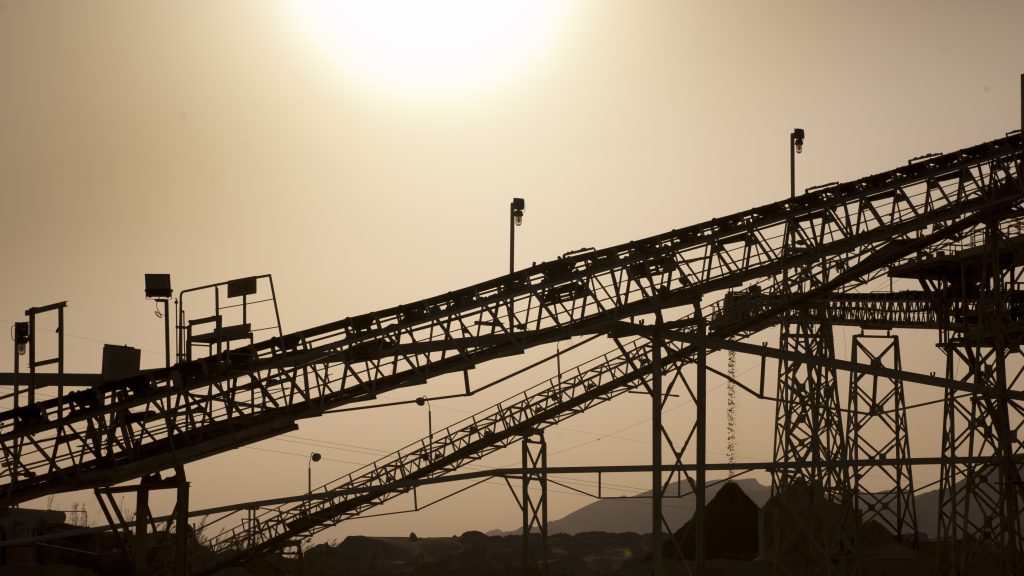Next Topic
Select SDGs to find out how we are taking action in support of the UN Substinable Development Goals
2022 ISRAEL CHEMICALS LTD. | ALL RIGHTS RESERVED

One of ICL Rotem’s largest infrastructure projects is the construction of new retention ponds. These ponds are used to retain acidic phosphogypsum fluid. The Phosphogypsum component precipitates to the bottom of the ponds, and remaining water is circulated back for re-usage in ICL Rotem’s production processes. The new ponds are being constructed using leading technology according to the highest standards. This technology provides many advantages, in terms of exceptional pond strength and stability, as well as unprecedented water re-usage efficiency. The new ponds replace old ponds.
ICL Rotem has reached an agreement with Adam Teva V’Din (an environmental NGO) regarding the rehabilitation of the old ponds, as well as the construction, use, inspection and supervision of the number 5 Pond (A and B) and the planning of a new pond.
ICL Rotem is dedicated to improving its wastewater handling and has created a dedicated taskforce to meet this challenge. The taskforce's two main goals include the rehabilitation of wastewater ponds and finding alternative solutions for the annual flow of nearly 500,000 m3 of acidic wastewater to these ponds by 2021.
ICL Rotem has created this task force in order to develop a systematic focus on innovation and gain professional knowhow from the field on this specific issue, as well as to reduce bottlenecks in the process.
ICL Rotem’s wastewater output has almost doubled in the last few years as the Company added air pollution facilities/scrubbers that use large quantities of water as part of the pollution reduction process, as required by the authorities.
The focus of the task force is to significantly reduce wastewater amounts that would otherwise flow to the treatment ponds.
An example of a successfully achieved solution of the taskforce is the neutralization of acidity levels of the wastewater, which are then sent for re-use at the phosphate enrichment facility.
The task force is working to find additional solutions to reduce quantities in other internal wastewater streams. ICL Rotem is also searching and developing various ways to recycle some of its waste streams. ICL Rotem is working with the Ministry of Environmental Protection to gain approval for these methods and solutions.
During 2020 white acid wastewater was concentrated and recycled through the waste stream where it underwent FSA solidification for use in the cement industry.

Most of ICL Rotem’s research and development activities over the past several years has focused on solving environmental issues. ICL Rotem is engaged in searching for technological solutions for environmental concerns that have been raised as part of its preparation to comply with the Clean Air Law. To date the Company has concluded several major projects to meet Clean Air Law regulations, including the establishment of a new 96-meter high emission stack and replacement of converter unit catalysts at both of its sulfuric acid production facilities. The replacement of these catalysts enabled the site to reduce its SO2 emissions by about 50%. In addition, four production ponds have been covered to minimize emissions of volatile compounds. ICL Rotem has also advanced its collection and capture of non-point VOC emissions from its White Phosphoric acid facility.
ICL Rotem completed environmental projects that enabled it to reduce its SO2 emissions by 50%.
To comply with various environmental regulations, ICL Rotem plans to invest more than $400 million, or 80% of its total planned investment, and hire around 200 employees, to undertake these various projects. In light of business uncertainty and the COVID-19 pandemic, ICL continued it’s discussions with Israel’s Ministry of Environmental Protection regarding the timing and scope of executing the investments, including the impact of the uncertainty surrounding Rotem Israel’s activity ( which is also impacted by the uncertainty regarding approvals to mine the South Zohar – Barir field), and as far as the implementation of long-term projects is concerned.
